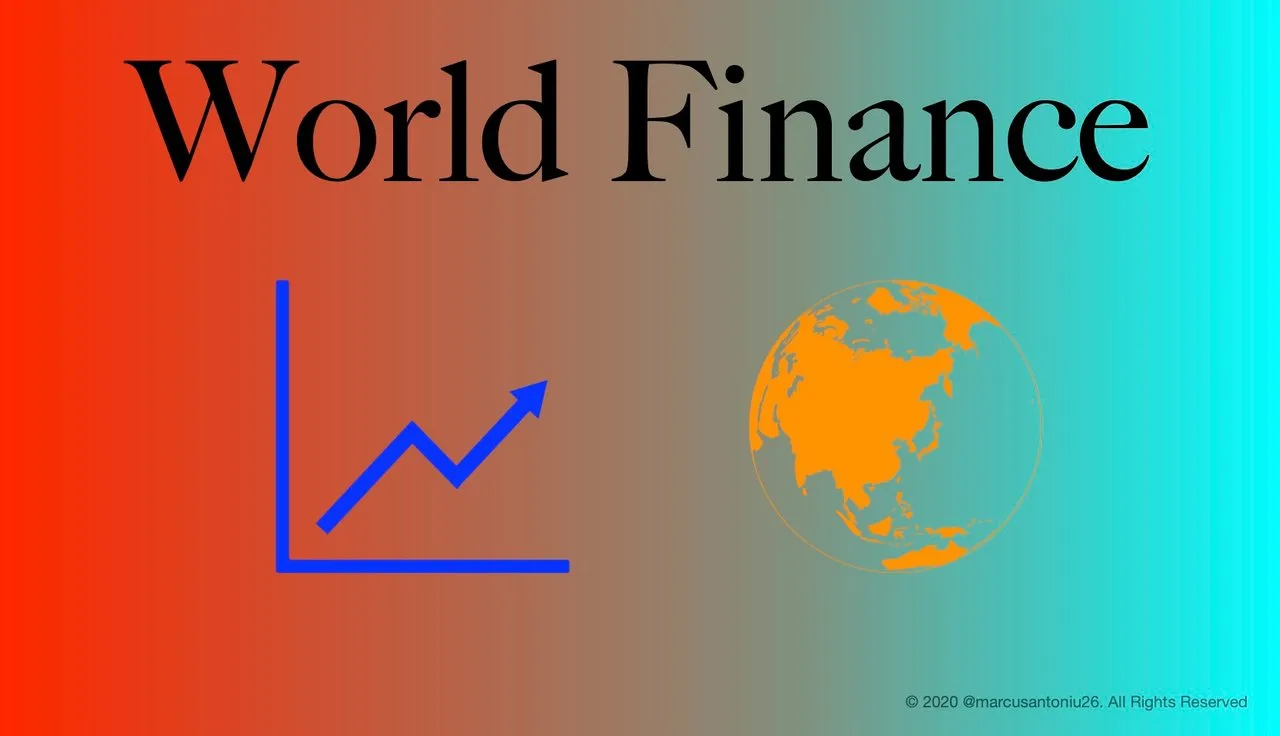
Money laundering is the process of making illegally obtained money appear legitimate. Criminals usually do this by disguising the true origin of the funds, often through multiple complex transactions or investments. The goal is to make dirty money look clean and integrate it into the economy without raising suspicion.
Typically, money laundering involves three stages: placement, layering, and integration. In the placement stage, the illicit funds are introduced into the financial system, often through banks or casinos. The layering stage involves moving the money around through various transactions to obscure its origin. Finally, in the integration stage, the laundered funds are reintroduced into the economy, making them appear to come from a legitimate source.
Money laundering is illegal and harmful because it allows criminals to profit from illegal activities, undermines the financial system, and encourages further criminal behavior. Authorities worldwide work to detect and prevent it using various legal and financial tools.